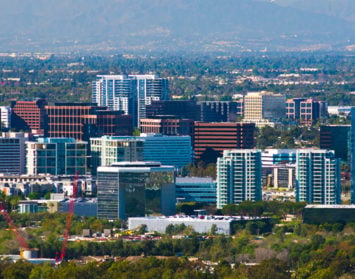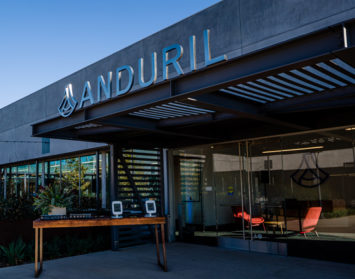By Tucker Hughes
The second quarter of 2019 proved that we are still moving forward—slowly. The office sector vacancy rate entered single digits, landing at 9.9%, which is a slight decrease from Q1’s metric of 10.1%. Some of the larger tenants in the market finally landed, and played an outsized role in the decreasing vacancy figures. Some recognizable names include: Ambry Genetics at 1 Enterprise (110,000 SF), Tricon Homes at AIRspace in Tustin (78,000 SF), Rutan & Tucker at Boardwalk in Irvine (77,000 SF), Happy Money at Lincoln’s Flight Campus (72,000 SF) and Kajabi at Spectrum Terrace (44,000 SF). Orange County has historically been an organic growth market, in which locally headquartered tenants expand and relocate from within. The tenant moves in Q2 once again validated this proposition.
The average asking rent across all classes of office space remained exactly the same as Q1 of 2019. The $2.59/SF handle offers a good read on where the market may be headed. Landlords are certainly taking notice that properties are sitting on the market for a longer duration; 8.1 months currently, as compared with 7.5 months in the prior quarter. The amount of competition that companies have been facing for prime spaces for months has softened. Business owners now have more flexibility and choice on available locales, with four or five address options, as opposed to one or two. As such, property owners are trying to capitalize now, knowing that a pending rate-drop may be on the horizon, in order to attract more leasing attention.
On the industrial and “flex” side, market rents have increased by $0.01/SF to $1.15/SF. This uptick extends a pattern for this product type; as old, tired industrial and flex buildings are being torn down to make way for more favorable developments—multi-family and office buildings. The ROI is quicker and more favorable, as these offerings create a much more diverse portfolio of occupiers, and mitigate the risk that can accompany a large industrial or flex user. Even if office market rents remain level or even decline in Q3, you can bet there will still be upward price pressure on the industrial side.
Surprisingly, markets such as the historically cheaper Inland Empire have now caught up, with the rental gap significantly narrowing. This dynamic raises an important question for executives at leading companies: “do we stay, or do we go?” Texas, Arizona, Nevada and South Carolina have been some of the states benefiting from companies vacating California; in favor of cheaper labor, less expensive rents, lower cost of living and, in some cases, a better quality of life for their employees.
It will be very interesting to see how things play out over the next few quarters, and which landlords are successful in filling up their buildings, when it seems as though all of the larger companies have landed. For instance, Phase 1 of “The Press” campus in Costa Mesa is slated to be completed in April of 2020. If market fundamentals are forecasting a decline in asking rents and demand, will the owners sell? Or is there a possibility of signing a lease with a corporate giant such as: Google, Facebook or Amazon. And there is always the third option, the tried-and-true homegrown expansion story. As 2019 unfolds into 2020, the marketplace will definitely be exciting to watch!
Tucker Hughes is managing director at Hughes Marino, a global corporate real estate advisory firm that exclusively represents tenants and buyers. As head of Hughes Marino’s Orange County and Los Angeles offices, Tucker specializes in tenant representation and building purchases throughout Southern California. Tucker makes frequent media appearances to speak on the future of commercial real estate, and is also a regular columnist for Entrepreneur.com. Contact Tucker at 1-844-662-6635 or tucker@hughesmarino.com.











